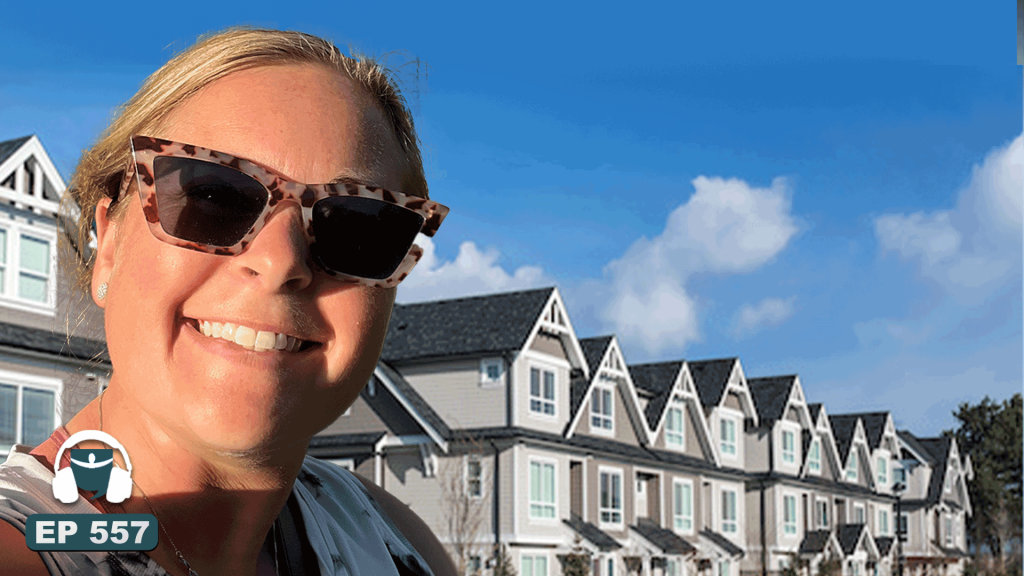Building a $8,500/Month Income Stream with 10 Strategic Rentals
In recent years, real estate has emerged as a dynamic and reliable investment opportunity, offering both value appreciation and consistent passive income. Among the multitude of strategies that real estate investors employ, the buy-and-hold strategy, particularly through rental properties, stands out for its potential to generate substantial income streams. With careful planning and strategic decision-making, building a monthly income of $8,500 through 10 rental properties is achievable. Below, we dive into the essential steps and considerations involved in reaching this financial milestone.
Identifying Prime Locations
The first, and arguably most crucial, step in investing in rental properties is selecting the right location. Markets vary significantly, so it is essential to conduct extensive research to identify areas with strong rental demand, economic growth, and potential for property value appreciation. Key indicators to consider include employment opportunities, population growth, and infrastructural developments. Often, areas near universities, business hubs, or planned transit expansions offer promising rental markets.
Financing and Budgeting
Securing the necessary funding is essential to acquiring properties. Many investors opt for conventional mortgages, which typically require a 20% down payment for rental properties. However, there are other financing options like hard money loans, private lenders, or partnerships. It’s crucial to calculate potential returns and expenses meticulously, ensuring that each property’s income will cover mortgage payments, taxes, insurance, and maintenance, while still contributing to the overall goal of $8,500 per month.
Property Selection and Purchase
Upon securing financing, the next focus is on purchasing properties that align with your investment goals. The ideal rental property should offer a high return on investment (ROI) and low vacancy rates. Single-family homes, duplexes, and small apartment buildings are popular choices due to their varied tenant pools. It’s wise to diversify the property types to spread risk and maximize rental income potential.
Renovation and Management
Many rental properties will require some level of renovation before they are tenant-ready. Cost-effective upgrades, especially in kitchens and bathrooms, can significantly increase rental value. Staying within budget is paramount to ensuring a healthy ROI. Additionally, deciding whether to manage these properties yourself or hire a property management company is an important consideration. Professional management can streamline operations but will typically cost 8-12% of gross rental income.
Setting the Right Rent
Determining competitive rental rates is crucial for attracting tenants quickly. Analyzing similar properties in the area can provide a benchmark. Overpricing can lead to prolonged vacancies, while underpricing may hurt your bottom line. Striking a balance ensures steady occupancy and maximizes revenue.
Legal Considerations and Insurance
Being well-versed in landlord-tenant laws in your area is vital to avoid potential legal issues. Drafting robust lease agreements and documenting property condition with inspections protect both parties involved. Adequate insurance coverage, including property and liability insurance, safeguards against potential risks, such as tenant accidents or property damage.
Achieving $8,500/Month
Assuming a conservative rent of $1,000 per property, 10 strategically chosen and managed rental properties can generate $10,000 monthly before expenses, comfortably achieving an $8,500 net income goal after covering costs. However, variations in rent due to property size, location, and upgrades may allow some investors to exceed this initial estimate.
Continuous Optimization
Real estate investing is not a static venture; it’s an ongoing process that requires periodic review and optimization. Regularly evaluating the performance of each property, staying abreast of market trends, and making data-driven decisions can help investors adapt to changing conditions. Reinvesting profits into additional properties or property improvements can further enhance income streams.
Conclusion
Building an $8,500 monthly income through 10 rental properties is a realistic goal with the right strategic approach. It requires an understanding of market dynamics, smart financial planning, and efficient property management. While the journey demands effort and dedication, the result is a robust passive income source that provides financial stability and freedom. By starting with a clear plan and maintaining discipline, anyone can reach this rewarding milestone in the world of real estate investing.

